A couple of construction industry experts said B.C. runs the risk of a gas line hit disaster due to slack safety regulations, but a utility owner disagrees.
“There is quite a trend in the province to not do physical locates and the contractors are screaming for it,” said Abigail Fulton, vice president of the B.C. Construction Association.
Fulton, who represents the construction industry on the board of the BC Common Ground Alliance, said B.C.’s legislation is drafted so utility companies don’t have to physically locate underground infrastructure.
■ Underground utilities disaster looms
■ Safety officer calls tangled web of buried utilities a ‘ticking time bomb’
■ Canadian Common Ground Alliance demands national one-call utility locating system
The B.C. Common Ground Alliance is a non-profit organization established to develop best practice and improve safety standards for underground infrastructure.
“I think it is quite unsafe,” she said. “Gas utilities in the rest of North America would not consider doing this.”
A spokesperson for Terasen gas disagreed.
“We are not exposing the public to a risk. Safety is number one priority for us,” said Michael Chisholm, corporate communications manager at Terasen Gas. “The practice that we have right now has been successful in minimizing the amount of line hits.”
In 2007, Terasen reported that gas line hits increased to 1,750 from 1,560 hits the previous year. The total repair bill in 2006 reached more than $1 million.
The gas company has investigated and found consistent reasons behind the strikes.
In 2007, the company found: 70 per cent happened because people failed to call BC One Call for gas line information; 20 per cent did call and had the location information for a gas line, but failed to use safe excavation practices such as hand digging; 10 per cent called, had location information and hand dug, but other construction activity resulted in damage.
Terasen attributes the rise hits to increased construction activity.
In response, the company launched a public awareness campaign to address the potentially catastrophic danger of gas line hits during construction projects.
In partnership with BC One Call and the BC Common Ground Alliance, Terasen is involved in a series of one-day conferences to educate excavators on how to dig safely around buried pipelines and cables.
BC One Call is a province-wide non-profit organization providing one toll-free number to call before digging. The objective of BC One Call is to minimize risk associated with accidents involving buried facilities such as pipelines, telecommunications cables, water and sewage lines, and electrical wires.
Despite the obvious need for public education, the former executive director of the BC Common Ground Alliance said the main cause of gas line hits is weak regulation.
“Every state in the U.S., and most of Canada have established one call centers, where excavators can call at no charge to notify these one call members of their intent to dig,” said Scott Henley.
“With the sole exception of B.C., all of these provincial and state one call notifications result in the dispatch of a utility locator to physically mark the locations of the buried plant at no charge to the excavator.”
Chisholm said Terasen will come out and help excavators mark gas distribution lines only in certain circumstances.
These are if the caller is uncertain about the maps provided by BC One Call, the excavator has been unsuccessful in locating the natural gas line by hand digging or there is an emergency situation.
“The policy in British Columbia has been in place for quite a few years now and the policy here mirrors the approach that is used at BC Hydro, Telus and municipal services, such as sewage and water,” said Chisholm.
“This is a policy that is compliant with the regulations that apply to working around natural gas infrastructure. The line locate policy is in compliance with WorkSafeBC and the BC Safety Authority.”
According to Henley, B.C.’s utilities are backing away from a proactive approach based on dispatching a locator to provide ground markings and documents.
Instead, they are simply handing out drawings that are 50 years old in some cases and expecting the excavators to figure out the location of the buried utility on their own.
“The regulations state that the locate has to be done, but who does them is not an issue under the Safety Standards Act,” said Ariela Friedmann, BC Safety Authority communications and media relations officer.
“We follow the Safety Standards Act and the Gas Safety regulations. This is what the regulations currently say and what we implement as a standard.”
Henley and Fulton believe it is only a matter of time before a major disaster, involving an excavation hit to a high pressure gas line or high voltage electrical line, happens in B.C.
“I think the province is playing with fire to not change the regulations,” Fulton said. “I believe the day will come and something will happen and a change will be made.”
To avoid a disaster, Henley said that B.C. must follow the same procedures for buried facility damage prevention as the rest of North America.
“In B.C. the deterrent to this seems to be the cost, and who should be paying for the locate service,” he said.
“Throughout North America, utilities, pipelines and municipalities have been pooling resources and dispatching a single contract locator to respond to excavation location requests.”
He recommended that stakeholders sit down and come to an agreement on cost recovery before something terrible happens.


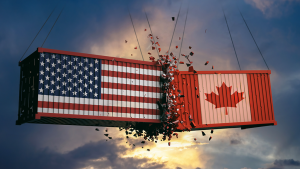


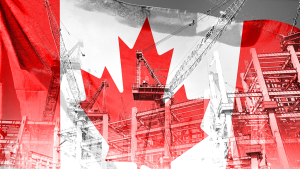
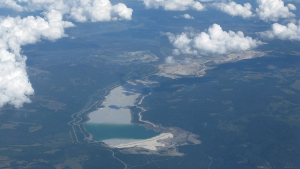
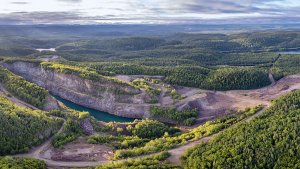

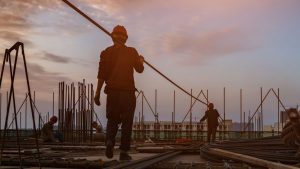
Recent Comments
comments for this post are closed